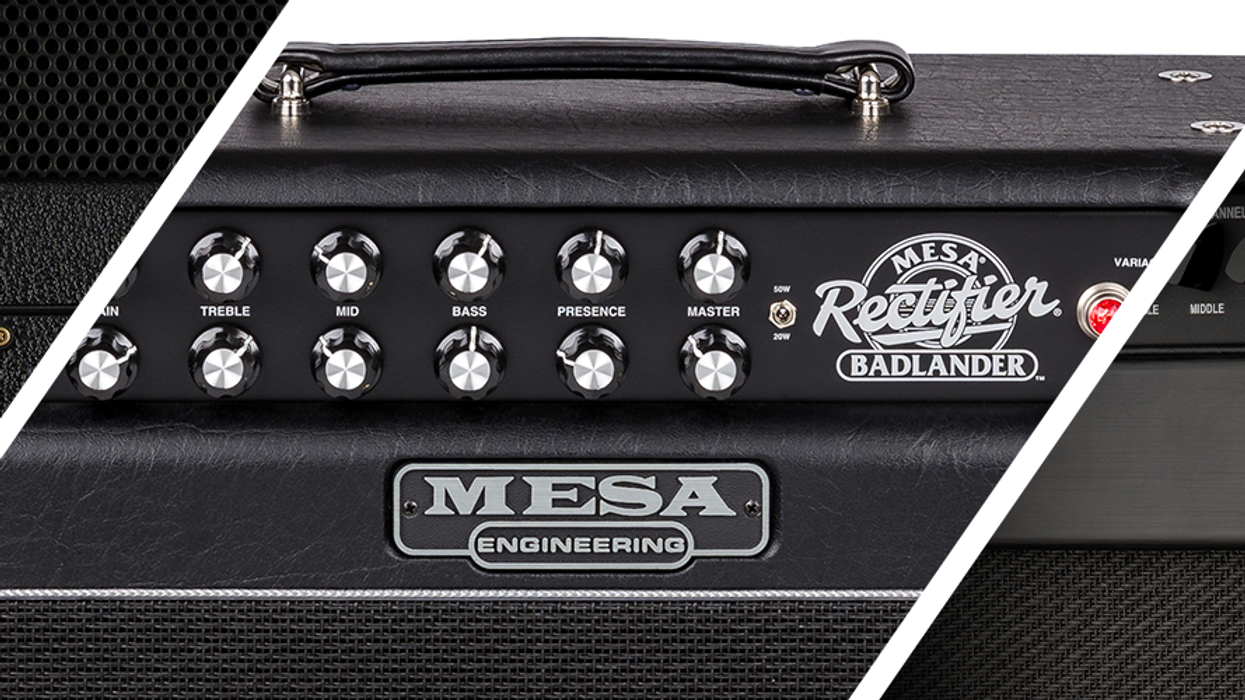 | 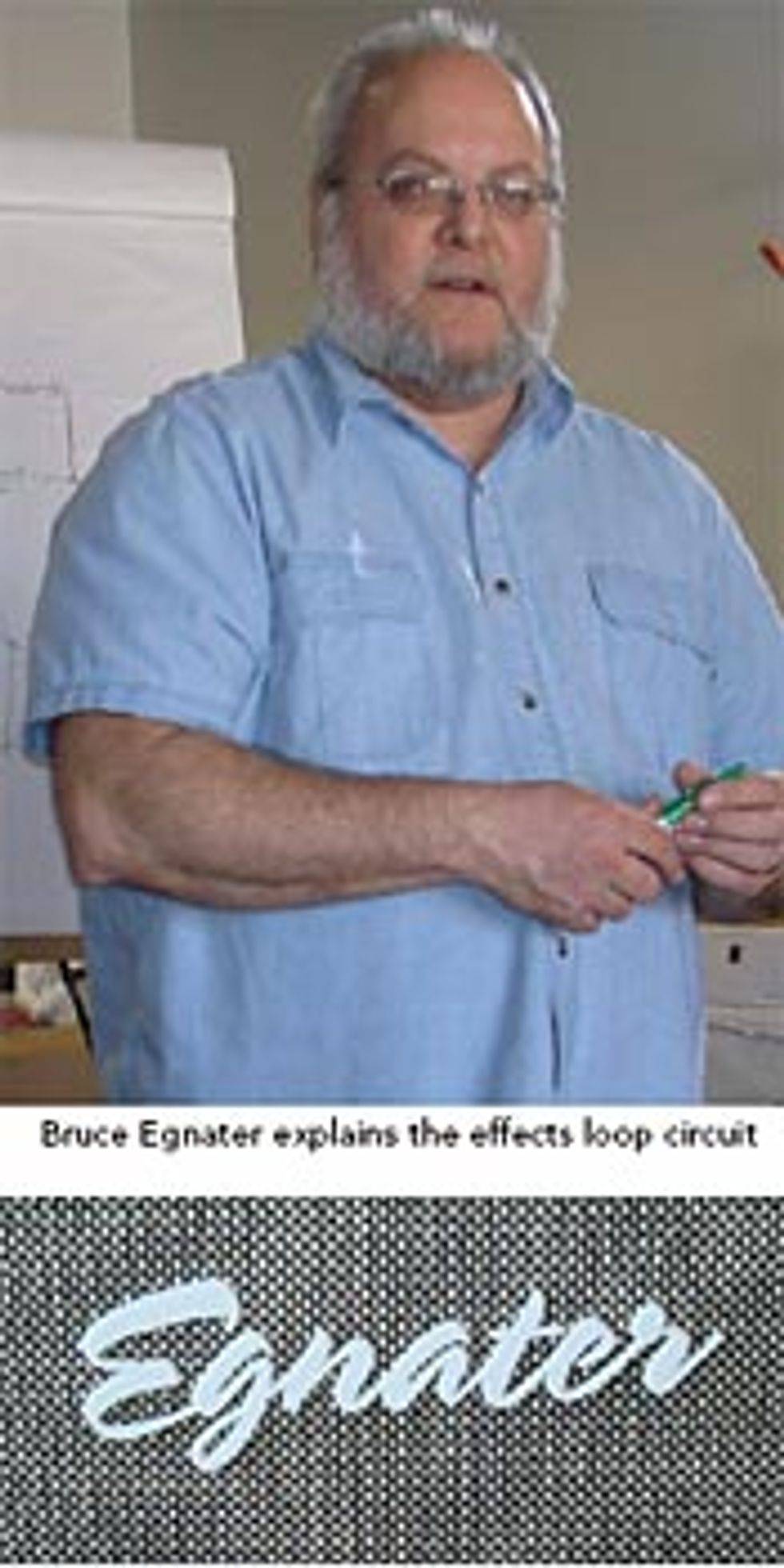 | 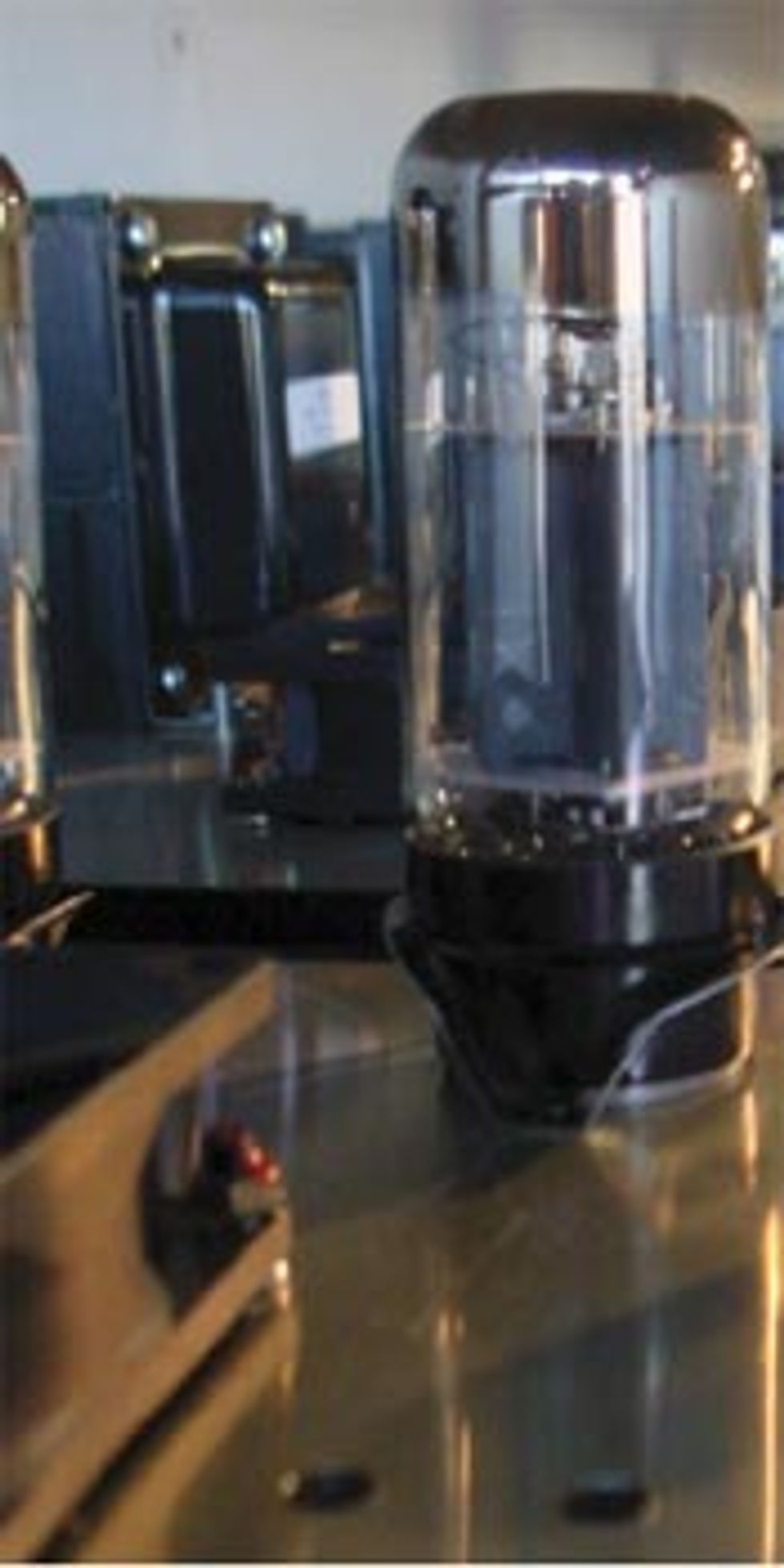 |
| Click here for videos from the seminar |
I recently attended an Egnater amp building seminar to experience the gearhead’s version of fantasy camp. People have been raving about the experience in forums across the net, and I was curious to answer the question, “Why would Bruce Egnater do this?”
With a solid following of tone connoisseurs, Egnater is no stranger to the boutique world; fortunately, his secret is beginning to spread among the masses. Since his days with Rocktron (remember the Vendetta?), he has collaborated with Randall (his proprietary modular design is featured in the MTS series) and more recently designed two foreign-made, but custom shop-sounding Egnater amps sold exclusively at Guitar Center – the Rebel and the Tourmaster. These amps are just starting to show up in stores across the country, helping the chain attract the elusive boutique player with some serious street cred.
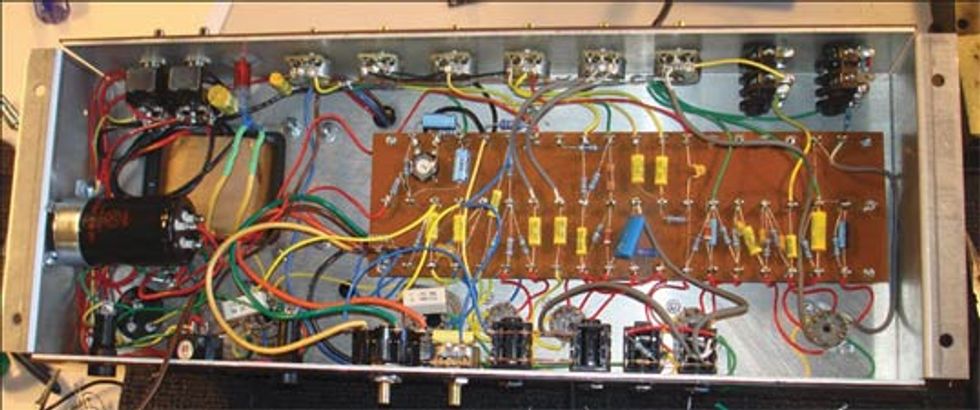 | |
|
Bruce’s modular design allows you to pop modules – essentially small circuit boards modeling classic amp tones – in and out of an amp, just as you would cartridges in an old-school video game console. Many a designer would sacrifice a digit, Yakuzastyle, to invent that kind of slap-on-theforehead breakthrough, which is why Bruce ranks somewhere between genius and celebrity among the people who flock to his amp-building seminars. Any of us can buy the components to make a tube amp; new ideas separate your average solder monkey from a true tone artist.
Located just north of Detroit, the Amp Lounge in Berkley, Michigan, is easy to miss. The converted coin shop is smaller than you might expect but it transforms from a snug, professional amp-building setup to an instructional setting quite nicely. The first day of the two-day seminar is when the actual build takes place; the second day is reserved for lectures and eureka moments. Having previously conducted seminars with the theoretical load on the first day, Bruce claims that the current framework is much better. Expecting to grasp everything before soldering every resistor and capacitor in place tends to hang people up.
Bruce says most of his students come in with minimal soldering experience, but that rarely matters – people pick it up fairly quickly. The group of eight I was part of came in fairly proficient with the iron.
It was a diverse group, ranging from a blues-playing hobbyist in his fifties to a proud eighties hair metal fan who, believe it or not, was only in his twenties. One guy’s $1600 tuition was a birthday gift from his wife. Another was getting back into music after taking years off when his first child was born. Students drove and flew in from Pennsylvania, Utah and many points in-between.
After a few minutes of introductions and pastries, Bruce addressed the question that I had come to answer right away. “I have nothing to hide,” he told us. “I simply enjoy passing along what I’ve learned.” Each person’s workstation had a soldering iron, an amp chassis, a schematic, bags of components and a turret board with some parts already soldered in. Before we knew it, we were bolting transformers into our otherwise empty chassis. Within minutes the unmistakable aroma of tin/lead alloy filled the room as we melted it within a maze of wires, pots, caps and tube mounts.
The build was based on a JTM-45-inspired Mojo kit but souped up with a few JCMstyle touches and, of course, many custom Egnater mods. There were some nice surprises, like the cathode follower – a circuit where the output is taken from the cathode instead of the plate, making it easier to drive the tone controls while creating killer harmonics when overloaded – and a choke, which filters some of the DC hum before the juice hits the screen grids.
We followed the schematics as Bruce and his staff explained what we were doing for eight solid hours – even longer for those of us who weren’t technically inclined to begin with. As each person finished up, Bruce went through their amp and tidied things, correcting mistakes like the red and green wires that my slightly colorblind eyes misread on the schematic, rerouting connections under something instead of over it, or even resoldering buzz-prone areas like pot grounds.
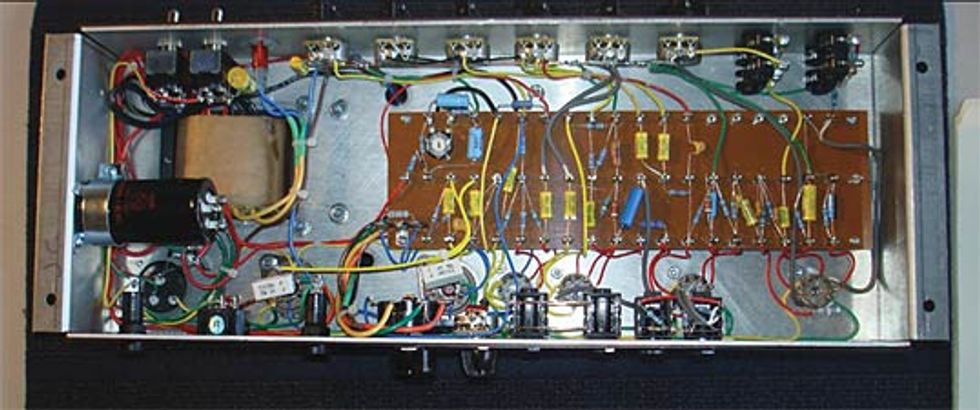 | |
|
Our moments of truth came during a final check. Every circuit was tested with a voltmeter, which ferreted out additional problems that some of us had to correct. Tubes were matched and biased. Bruce also showed us how to read a scope and plot output signals.
When all systems were go, it was on to the sound booth in the back of the shop where our still cabinet-less amps were plugged into a 4x12 cab and put through the paces. Each person stole away to that little room like a purse-snatcher slipping into an alley to check out the loot. We’ve all test-driven amps before, but nothing compares to plugging in and firing up your own creation for the first time. After 10 or 15 minutes of the happiest noodling you’ve ever heard, each person walked out of that room cradling their amps like newborns.
To sift through amp building theory on the second day was indeed well thought out. The hours of assembly and instruction from the day before were put into macro and micro perspective. We also spent significant time talking about future mods – the changes in tone that would take place by switching this cap here and that resistor there. The last thing we did was drop our amps into their cabinets – a process akin to mounting a prized image into a frame, complete with the desire to take a few steps back and look at the finished product from different angles. Talk about a room full of swelled chests.
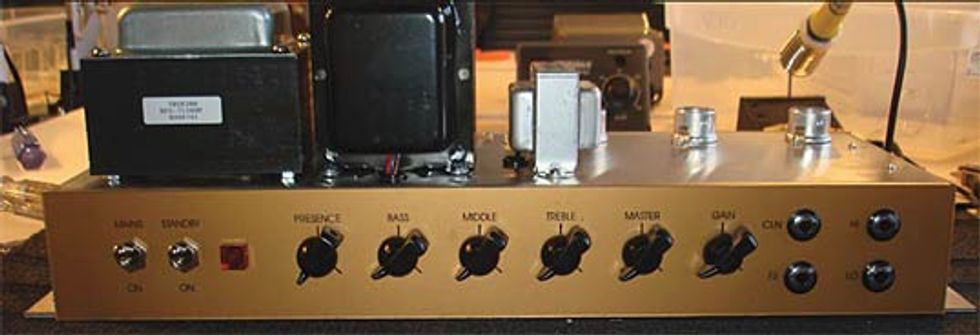 | |
|
Building your own amp is a powerful experience that is especially rewarding when instead of sounding like a run-of-the-mill kit amp it sounds better than anything you’ve played through before. It’s also an invaluable process for personal growth as a player; after building an amp from the ground up you’ll suddenly hear things that you’ve never heard before. I’m already jonesing to build another one.
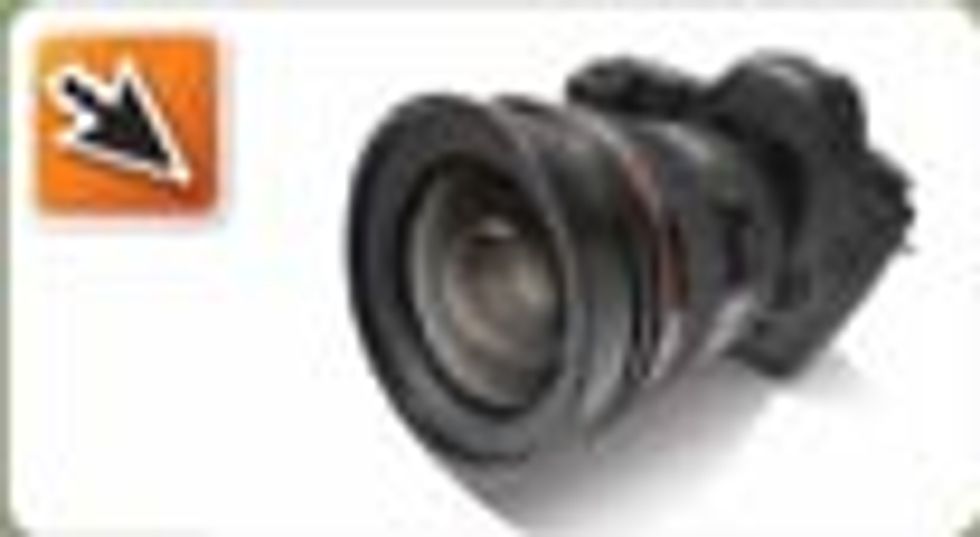 But there''s more! But there''s more!Click Here for a photo gallery of the experience. Click Here for a video of Bruce Egnater''s shop. Click Here for a video of the amp in action. Click Here to see Bruce Egnater talking about effects loops. Click Here to see Bruce Egnater explaining the Bright Switch circuit Click Here to see the Tourmaster 4100 demo''d. |
Bruce Egnater
egnater.com






![Rig Rundown: Russian Circles’ Mike Sullivan [2025]](https://www.premierguitar.com/media-library/youtube.jpg?id=62303631&width=1245&height=700&quality=70&coordinates=0%2C0%2C0%2C0)











